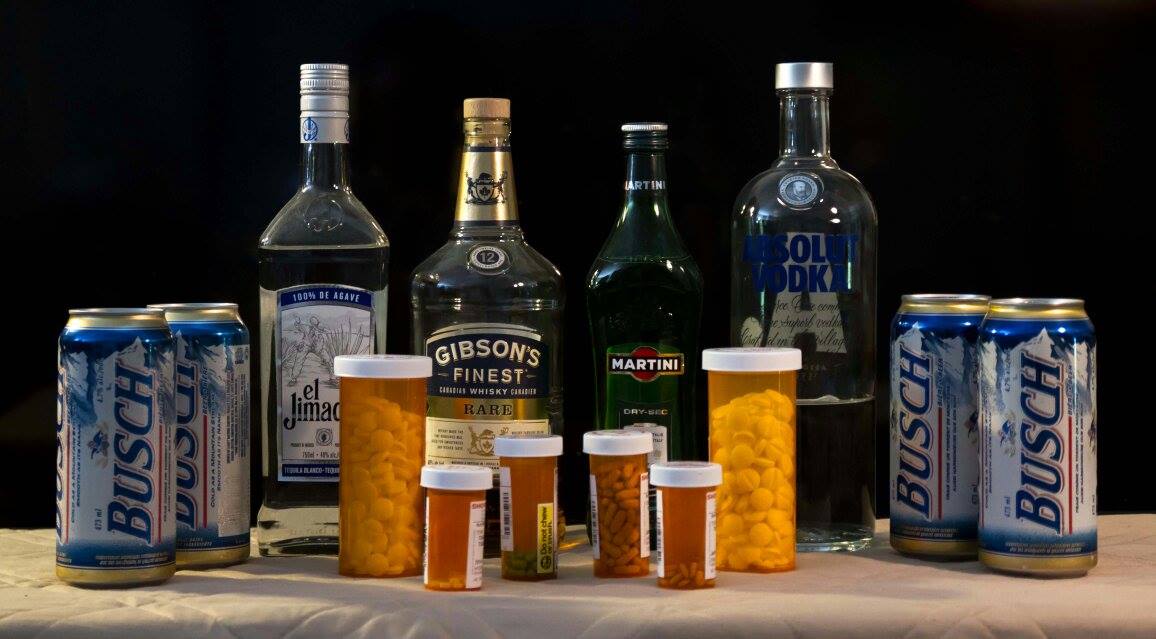Pub Liability, Pub customer liability, Pub liability considerations

Pub liability speaks to pub insurance, pub customer liability, pub liability considerations.
Liability is extensive in most locals and it is usually defined by local law. These laws state that before serving alcoholic beverages to customers the servers must take specific courses which explain the responsibility of doing so.
Servers must monitor customers alcohol consumption to ensure intoxication doesn’t occur as when this happens customers may get into fights inside and outside the bar, get into trouble on the trip home or cause a car accident injuring themselves and others. Because of this most locals require much paperwork and training to ensure that the servers are licensed to serve liquor and do so in a responsible manner.
In most municipalities there will be a minimum drinking age, usually 19 to 21 years of age and if this law is violated and if injuries or damages result from a violation of the law, the liquor license holder can be held legally responsible.
Often there exists a Rule of Negligence by which a pub or restaurant can be held legally liable for the consequences of violating the Liquor Code in relation to serving a minor or visibly intoxicated person. Two elements must be proven for legal liability to attach: (1) The license holder violated the law; that is, served a minor or visibly intoxicated person; and (2) The violation of the Liquor Code caused the injuries or damages.
Legal claims under the prevalent Rule of Negligence may arise in specific circumstances as noted in Wikipedia.
A lawsuit by a person injured in a fight started by someone who was served while visibly intoxicated;
A lawsuit filed by someone who
was injured by an automobile accident caused by a driver who was served as a
minor or while visibly intoxicated.
A lawsuit by the drunk person himself who was injured after being served as a minor or visibly intoxicated (like running his car off the road, getting hit as a pedestrian or falling down and sustaining injury).
This issue of whether a violation occurred regarding service of a minor is straightforward. If the person served was under 21, the service was illegal. However, proving that someone was served while "visibly intoxicated" is more problematic. Essentially, the person filing the lawsuit has the burden of presenting evidence that the person who caused injuries was served while visibly intoxicated; such as after exhibiting signs of drunkenness like glassy and bloodshot eyes, slurred speech, staggering or falling down, loud or obnoxious behavior, etc. This is usually established through testimony of eyewitnesses who were in the bar. Expert witnesses can also be used to testify about blood alcohol content and how an average person would have been behaving.
The injured party must also show that the improper service of alcohol caused
the accident and injuries at issue. It is not enough just to establish a
violation of the law. Instead, the improper service must have a direct link to
the accident. For example, if a bar served someone while he was visibly
intoxicated but, afterward, the person drank much more alcohol outside the pub
and the accident occurred hours after leaving the bar, there would be a
"causation" problem.
Return from Pub Liability to Home Page
Return from Pub Liability to Start a Pub
Hard copy and E book for sale. What's Killing You and What You Can Do About It. Click here.
Hard copy and E book for sale. Introduction to Building Mechanical Systems. Click here.